SEARCH






|
|
|
|


Interview / tutorial by Michel Romaggi in collaboration with the artist Adrian Donoghue.
Edited and published by Yvette Depaepe, the 20st of April 2022
Adrian Donoghue always presents us strongly staged scenes with colours giving them a very special atmosphere and revealing a strange world full of mysterious characters about which I wanted to know a little more.
'Lonely man walks lonely cities'
To start, dear Adrian, can you tell us a little bit about yourself and your photography practice.
I am an enthusiast photographer living in Melbourne, Australia. I have two adult children and four grandchildren, and despite my advanced years, I am still working as a clinical psychologist in private practice. Like many enthusiast photographers, my photography interest started as a child; however, it was not until the early 2000’s that I had the time to devote to it more seriously. This coincided with the digital revolution, and I not only embraced digital capture, but also the creative potential of digital post-processing. My photography has been influenced by painters such as the American artist Edward Hopper, and the Australian artist Jeffrey Smart; many of their paintings tell stories of figures in the urban environment.
Since when and why did you choose to make these scenes with recurring characters as well as some elements (rain, umbrellas…)?
For a number of years now, my work has focussed on the ‘Lonely Man’ series. These works feature my fedora-hatted protagonist in images that tell stories of mystery and intrigue, or isolation and alienation. I try to achieve the look of a film noir movie still, emphasizing moody lighting and a sense of drama. My early works were essentially street photography captures; however, I would use post-processing to achieve a surreal other-worldly look to them. Over time, I realized that I could achieve more creativity and storytelling potential via the use of composite photography. So I began capturing figures in my home studio, where I could control the lighting and the poses and also have the capacity to place the figures in the scene where I wanted them.
'An ill wind'
How do you usually find your photo ideas?
For the majority of my works, I explore cityscapes, mostly around Melbourne; however, other cities as well when I’m lucky enough to be able to travel (not much for the past 2 years ) I look for interesting backdrops, or ‘sets’, that can set the scene for one of my stories. If I decide on a particular location, I will capture it in the ‘blue hour’, usually around 20 minutes after sunset, when the street lights kick in but don’t dominate, and there is still detail in the buildings, and colour in the sky.
What equipment do you use?
I had used a Canon 5Dii for many years; however, recently I have purchased an R6 which I mostly use with an adapted EF 17-40mm lens. I really appreciate the improved autofocus capabilities of the latest digital cameras, which when switched to the ‘eye detect’ autofocus mode, always nails the focus of a hyperactive 6-year-old subject in the studio!
What story does your picture 'against the tide' tell us?
Over the past couple of years, I have been including my beautiful granddaughter, Matilda, in my photographs. When she was a bit younger, I included her in softer more childlike stories; however, now that she is a little ‘older’, I have decided to include her as a variation in my ‘lonely man’ series; think Agatha Christie meets Enid Blyton!
'Incident at the old mill 2
‘Against the tide’ started as a background shot of Melbourne’s Parliament House. I deliberately chose a composition that included the pedestrian crossing because of the storytelling potential. I had no clear vision of the final image at this stage, this generally comes later as I ‘play’ with the image in post-production. When I ‘play’ with the story I will revisit past themes and try to present them in a different way. In this work, I have revisited the themes of a rainy night and multiple umbrellas; however, I always try to find a point of difference or an original idea that grabs the viewer’s eye. In this case, it is our little heroine’s newspaper ‘umbrella’.
'Against the tide'
How did you manage to realize this scene (images, manipulations...)? Can you describe which steps you took?
The work contains 10 major ‘elements’, that is, the six figures, three raindrop layers at different intensity levels, and the puddled layer. The work contains approximately 100 layers; however, most of the layers are adjustment layers devoted to manipulating colour, light, and detail. It is beyond the scope of this article to elaborate on each step; nonetheless, I will detail how I capture and process the figures.
When including studio captured figures in a composite, it is important to match the capture conditions of the background shot. The eye is very sensitive to perspective cues and can detect differences in horizon lines when combining shots. Therefore, when I capture a background shot, I note the tripod height and focal length of the lens, which I then duplicate when capturing my studio figures. I will also try to duplicate the lighting conditions in the background with that of my studio captures, for example, is there backlighting? and what direction is the major light source coming from?
'The Italian job'
For each of my figures, I will have multiple adjustment layers. For the main figure, I will adjust overall brightness via a levels adjustment layer, including differential brightness to match the ambient background light. I will then adjust any significant colour differences between my studio captures and background shots via a colour balance adjustment layer.
I then try to further enhance the ‘graphic’ look of my figures by emphasizing the light and dark tones. This could be done with selective dodging and burning; however, a simpler way is to use clipping masks to add layers of pure white, and pure black, and then use the ‘blend if’ tool to add these tones to the bright and dark areas respectively of the figure, and then blend through a ‘soft light’ bending mode. A number of layers will then be dedicated to emphasizing the eyes, that is, brightening the whites of the eye, adjusting the colour and brightness of the iris, and emphasizing the eye highlights. Finally, any distracting areas of skin tone variations can be corrected with dodging and burning. For the background figures in this picture, I have also corrected for brightness, and colour tone, and emphasized the graphic look. In addition, I have added shadow layers so the figures look like they are part of the scene, and their feet are contacting the ground. To emphasize the figures ‘fading’ into the background, I have added a layer of 50% grey via a clipping mask to each figure at varying degrees of opacity (starting at say 5%), depending on how ‘far away’ they are in the picture.
Thank you very much for your detailed explanations, Adrian. I'm sure the curiosity of many of us to know how you achieve your wonderful pictures will be partly satisfied. Your work is unique. You're such a great artist...
 | Write |
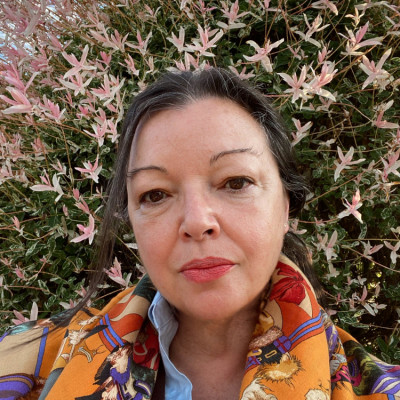 | Ludmila Shumilova PRO Images that tell stories, characters who seem to come alive before your eyes... Wonderful photography! |
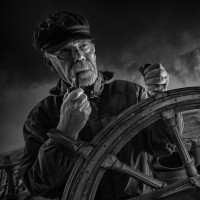 | Adrian Donoghue PRO Many thanks Ludmila |
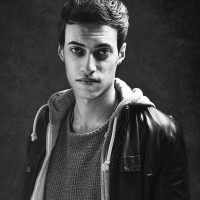 | ShadyEssam Amazing! |
 | Adrian Donoghue PRO thanks a lot |
 | Vasil Nanev PRO Amazing! |
 | Adrian Donoghue PRO many thanks Vasil |
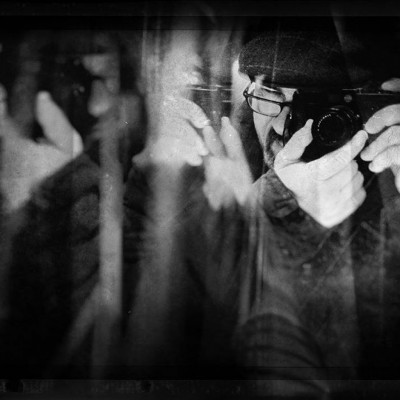 | Adrian Popan PRO Wow, your work is truly amazing, I have been a fan for many years now, congrats! |
 | Adrian Donoghue PRO Thanks a lot Adrian |
 | Ummu Nisan Kandilcioglu PRO I watch your work with interest and admiration. |
 | Adrian Donoghue PRO thanks Ummu! |
 | Wayne Pearson PRO Thank you very Adrian and Yvette. I have loved your work for many years Adrian as you know, and it is great to see your story and some details of what inspires you and your work flow etc. All the best to both of you! |
 | Adrian Donoghue PRO Hi Wayne ,thanks. |
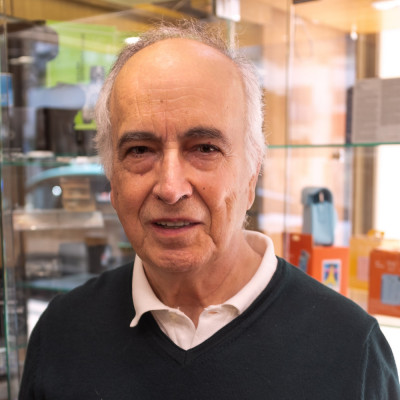 | Jorge Ribeiro Lume PRO Impressionante! |
 | Adrian Donoghue PRO much appreciated Jorge |
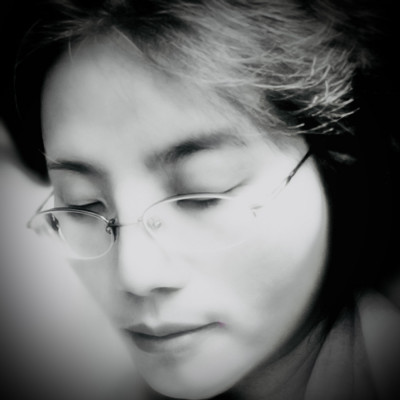 | Ella D I like Adrian’s works so much!!! Thanks for sharing and the stories behind the work! I can feel the anxiety surrounding main character, that makes the work very strong, intensely! Awesome! |
 | Adrian Donoghue PRO Hi Ella, thanks |
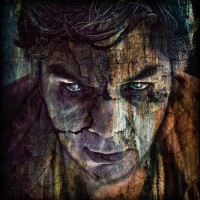 | jftok Impressive pictures with clear imagery and great stories. |
 | Adrian Donoghue PRO many thanks |
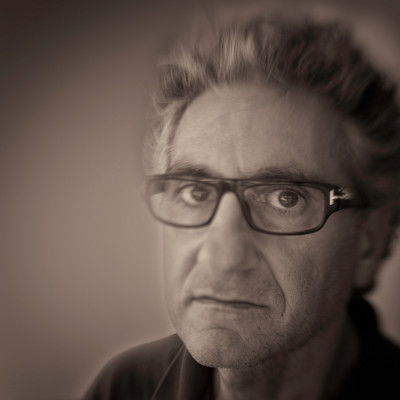 | Vito Guarino PRO Excellent interviene. Many compliments |
 | Adrian Donoghue PRO thanks Vito |
 | Michel Romaggi CREW Thank you Vito. I am pleased that you like it. |
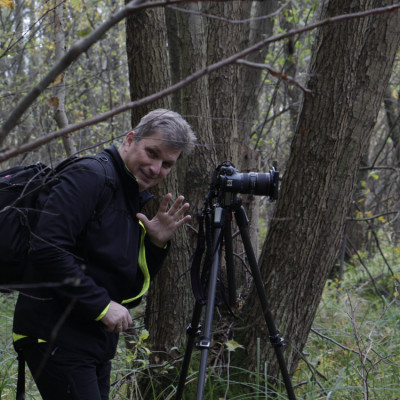 | Slawomir Kowalczyk AFRP IAAP CREW Excellent article Yvette, I'll be honest I've been waiting a long time for it! I have always admired and continue to admire Adrian's polished work. They are amazing and so interesting every time that I can't wait for the next painting. Congratulations Adrian on your ideas and execution and.... I look forward to the next ! |
 | Michel Romaggi CREW I agree, I wonder why I have wait so long to do this interview :-)us |
 | Adrian Donoghue PRO Many thanks Slawomir and Yvette |
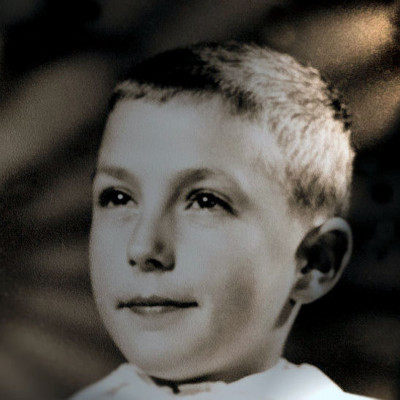 | Thierry Dufour PRO Superb interview, great work and splendid images !!! |
 | Michel Romaggi CREW Merci Thierry |
 | Adrian Donoghue PRO thanks Thierry and Michel |
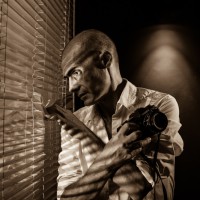 | Photography Espressive complimenti bellissime immagini e ottima descrizione. complimenti |
 | Adrian Donoghue PRO Many thanks |
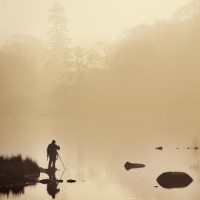 | Kevin Bleasdale PRO Truly awesome images, and dedication to a theme. Masterful! |
 | Adrian Donoghue PRO Hi Kevin ,many thanks |
 | Kevin Bleasdale PRO |
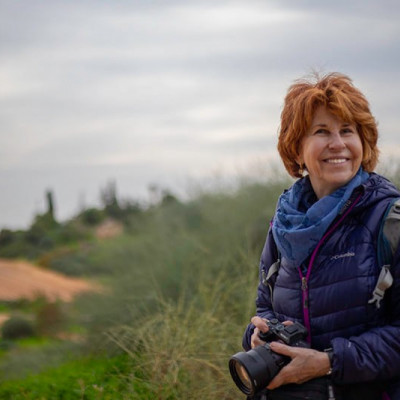 | Gabrielle Halperin PRO Dear Adrian, thank you so much for introducing me into your fantastic world and for the explanations about your work! Since the first time I saw one of your pictures I became a big fan of yours for quite some time now. I really love and admire your pictures, and now that I know a bit better about the way you work, I even admire you more! Keep showing your wonderful photos on 1X.com and thank you dear Yvette for this great article! |
 | Yvette Depaepe CREW Thank you dear Gaby ... .;-) I am a bif fan of Adrian's work since the 1st day I was on 1x.. |
 | Adrian Donoghue PRO hi |
 | Adrian Donoghue PRO Hi Gabrielle, thanks for those kind words |
 | Michel Romaggi CREW Thank you Gabrielle, I am pleased that you like this interview |
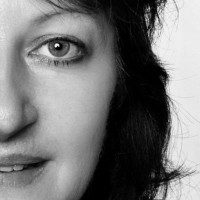 | Ruth Franke PRO great picture ideas and perfect work! Respect! |
 | Adrian Donoghue PRO Hi Ruth ,many thanks |